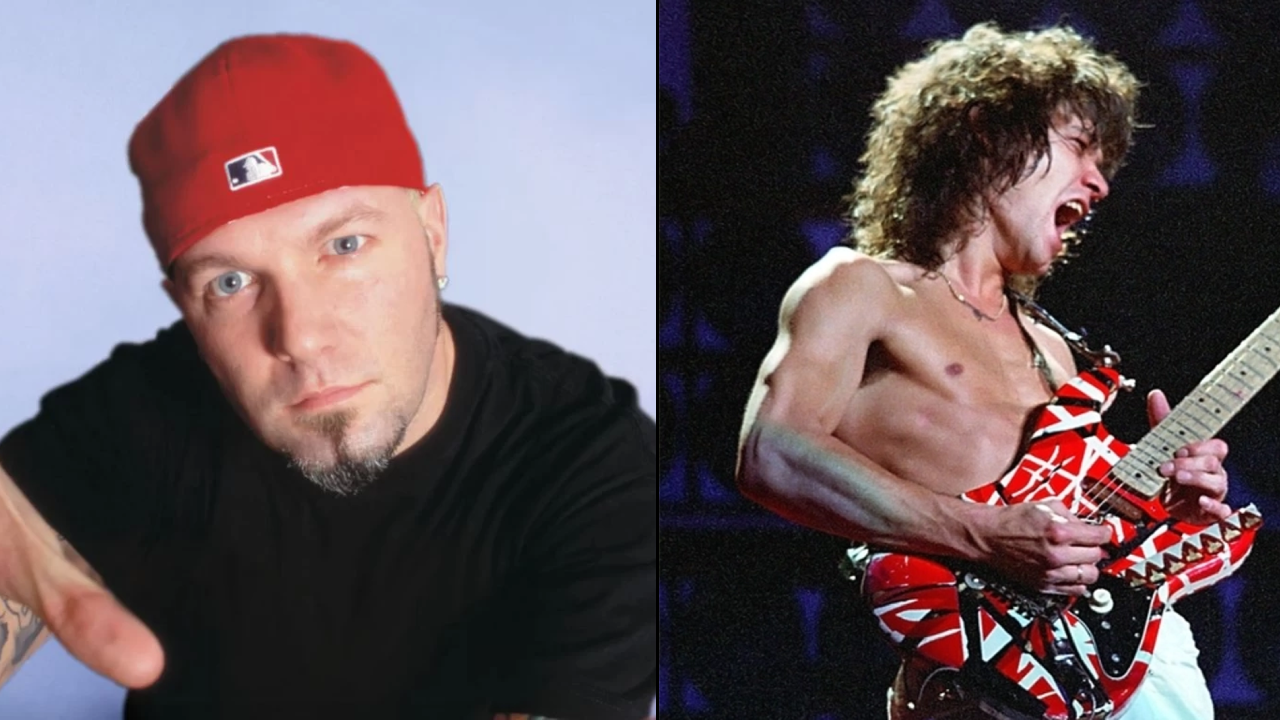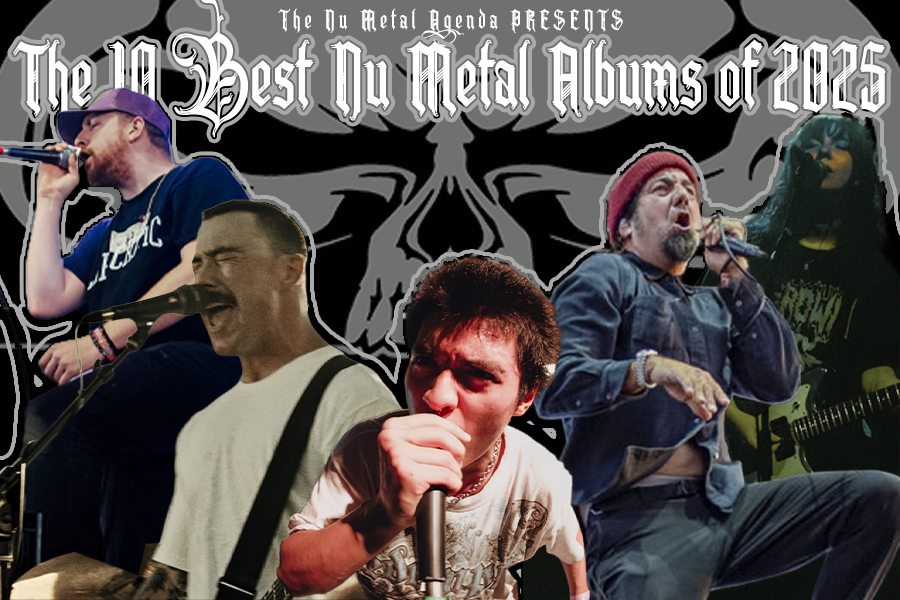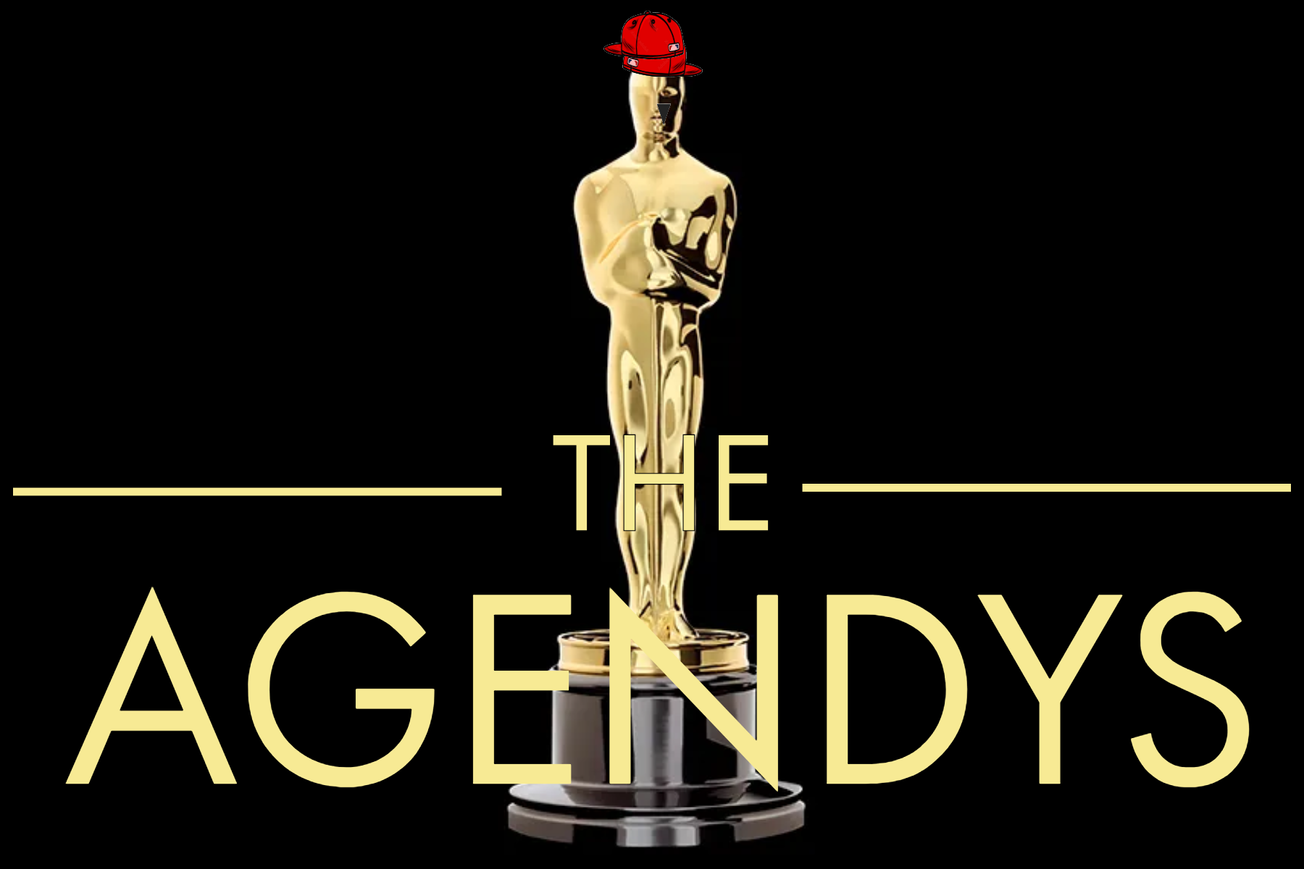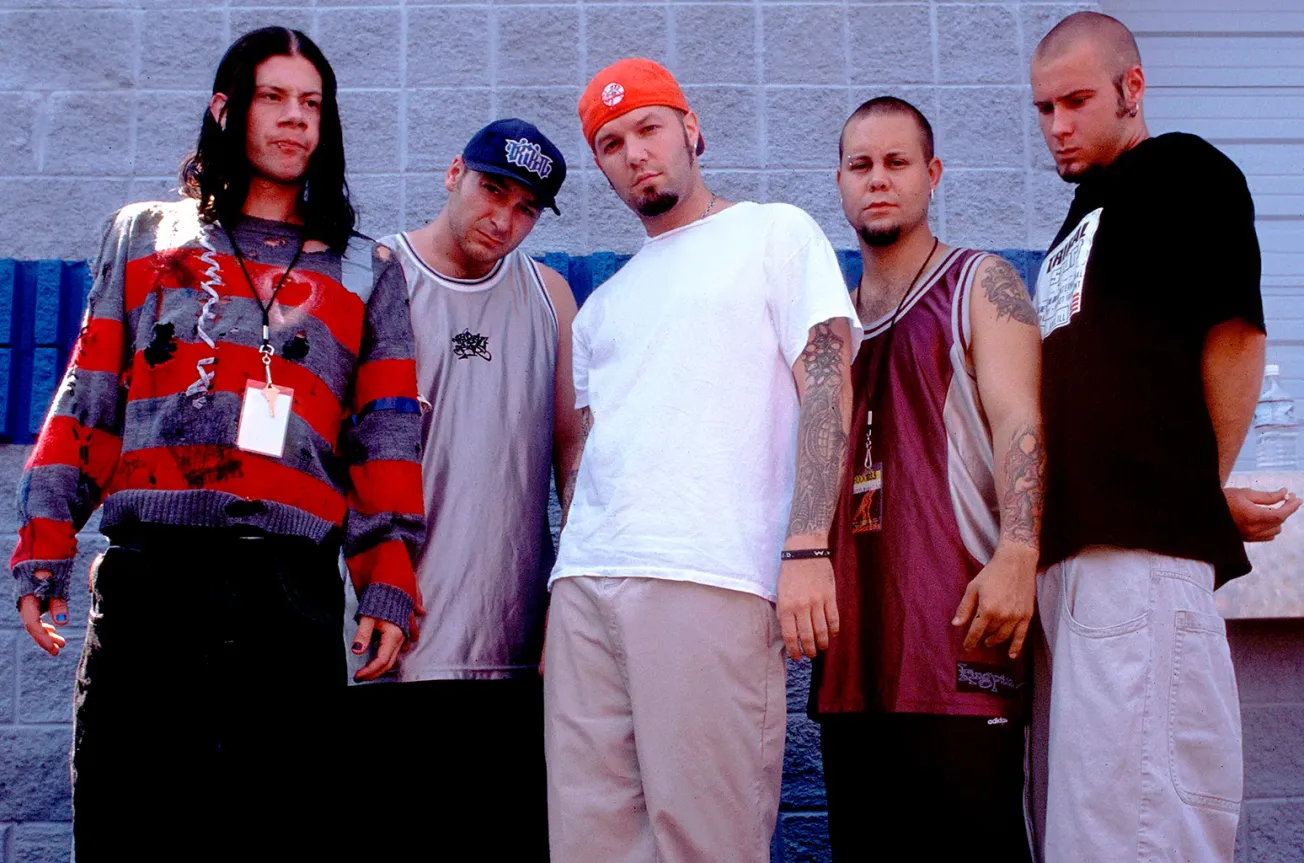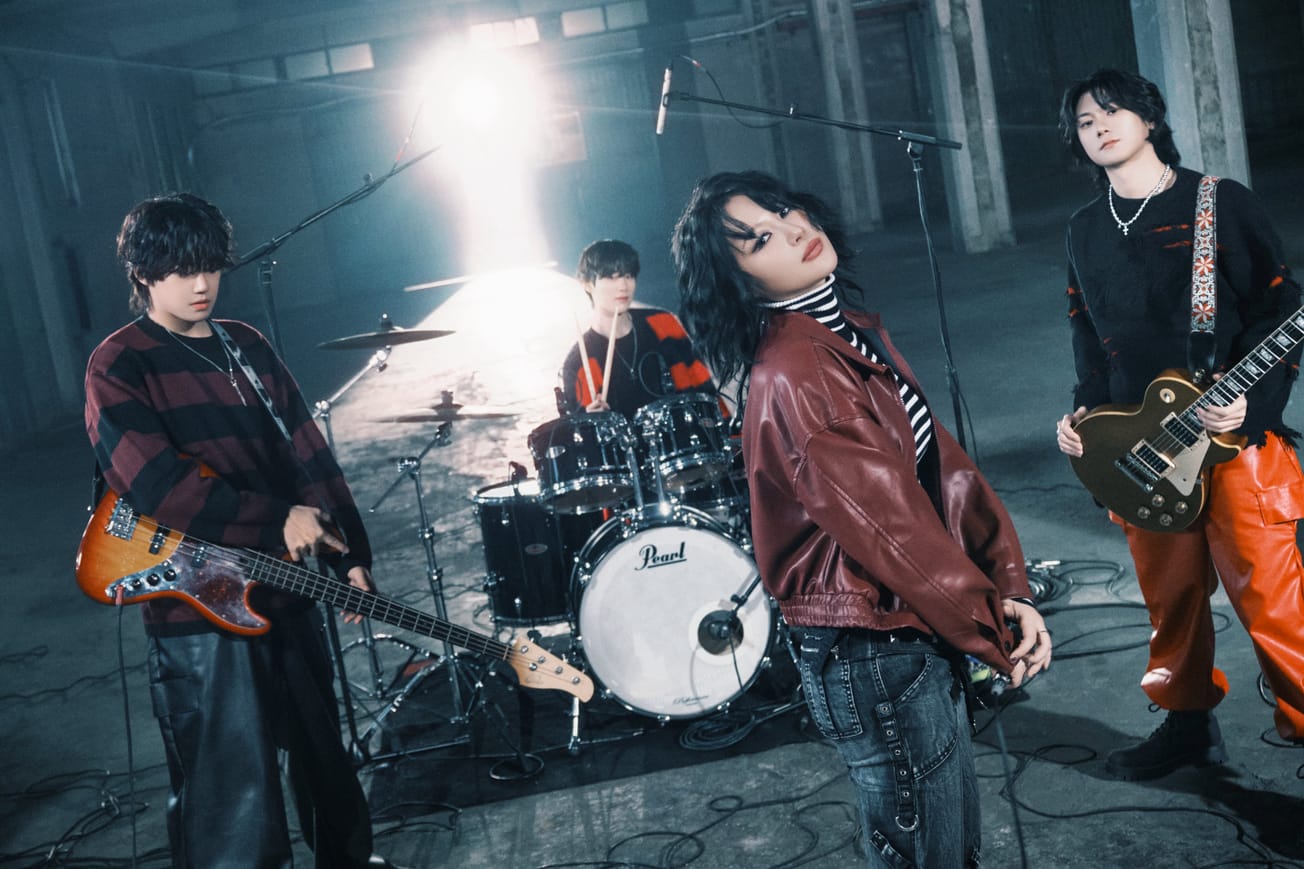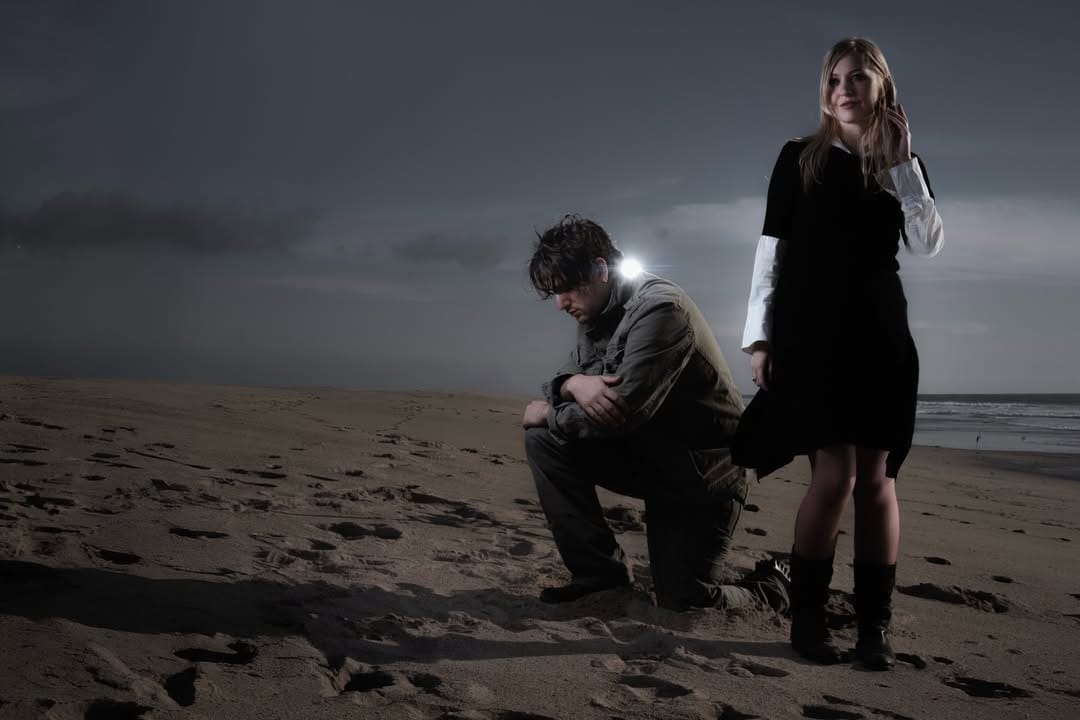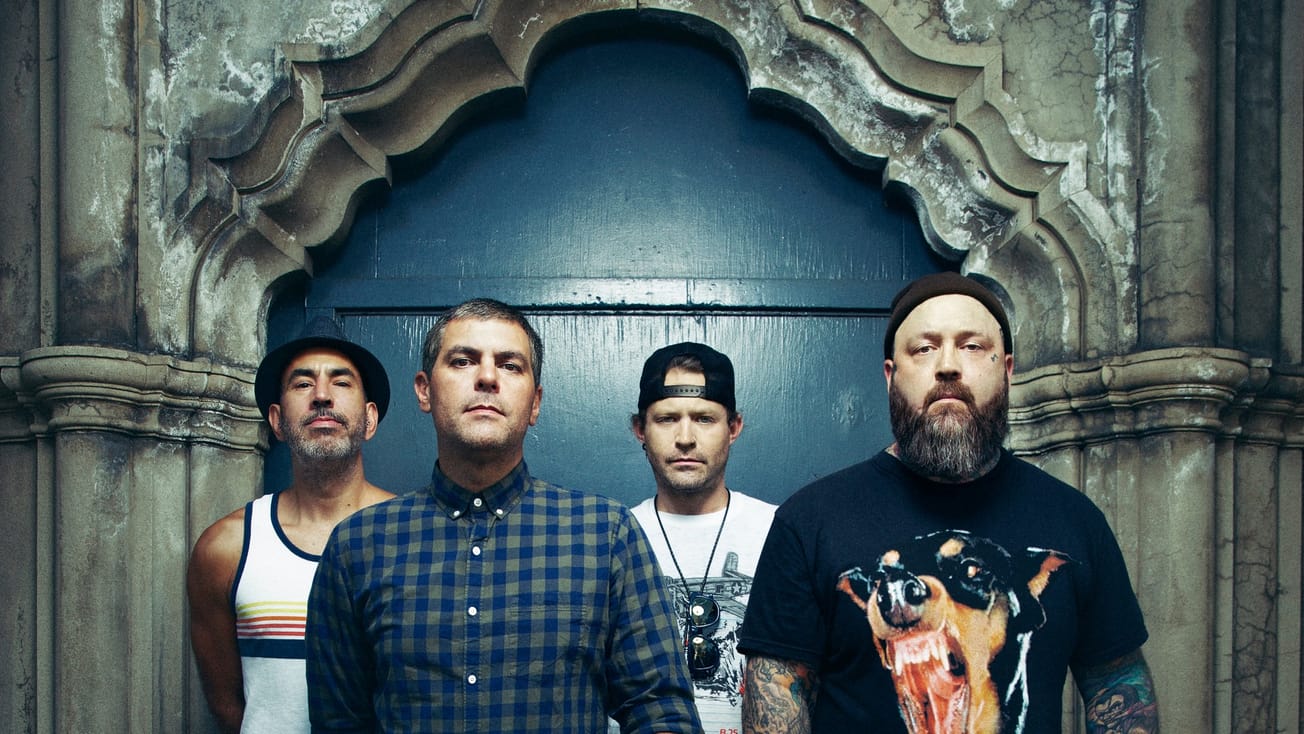Divisive as his filmography may be, Rob Zombie is one of the most prolific creators in the horror sphere. Drawing inspiration from grindhouse cinema and old-school schlock, Zombie is the successor to Alice Cooper in terms of grand stage shenanigans and buckets of blood, but he did have to start somewhere. After the success of his first solo outing Hellbilly Deluxe, the Demonoid Phenomenon was looking to expand his horizons into cinema and looked to hook his silver screen wagon to Universal, the parent company of his label Geffen Records.
Unfortunately, with some of the aberrant content in the film not being to Universal's tastes, the film was shelved. Bear in mind that the film was shot in 2000, well before films such as SAW and Hostel upped the standard for blood on the big screen, and Universal were well past their heyday with the lauded “Universal Monsters” of old. The fear was that the film would get the NC-17 rating from the Motion Picture Association of America, which would all but gut its advertising and promotion and make it nigh-impossible to get any return on the investment.
Opting to stay true to his vision, Zombie refused to make cuts to the film, though his methods as they pertained to the film's ending were unorthodox. He knew that the ending he had written “sucked,” and so he “let it suck,” knowing that if the studio believed in the rest of the film, they would pony up the funds to make a stronger conclusion. To this point, he had directed all of his own music videos for his solo project, including “Living Dead Girl” and “Dragula.” From “More Human Than Human” onwards, he had done the same for White Zombie.
Oh, and had a cup of coffee as a production assistant for Pee-Wee's Playhouse. So maybe this metal musician directing a horror flick isn't such a hare-brained idea after all. And what a weird fuckin’ movie he made.
The soundtrack of the film was, of course, done by Rob Zombie himself, with standouts including “Pussy Liquor” and a cover of “Brick House.” The former was heard during the scene at Red Hot Pussy Liquors, where the sample of “get fucked up and do fucked up shit” originated, while the latter is heard during the credits. As the film takes place during the Seventies in rural Texas, the soundtrack has more funk and blues elements, with both of the aforementioned songs making it onto his Past, Present, and Future best-of compilation.
House of 1000 Corpses is something of a tribute to The Texas Chain Saw Massacre, the 1974 horror classic that changed the game for the genre as a whole, and helped to solidify the slasher genre as a whole. Given that this was the era of the sensationalization of serial killers, namely Ed Gein, who himself inspired the Tobe Hooper film with his crimes and musings, it gave Zombie plenty of inspiration, particularly in the shock and awe factor of it all. The intro to House of 1000 Corpses has the “Our Feature Presentation” buffer that was a touchstone of grindhouse cinema and drive-in culture, and the commercial for Captain Spaulding’s Museum of Monsters and Madmen only drives the point home.
To this end, the performances of the horror heavyweights that are Sid Haig and Bill Moseley are two of the driving forces behind this gonzo display of gore. Sid Haig as Captain Spaulding, possibly the most iconic of Zombie’s original characters, brings black humor to his grease-painted face and surly demeanor. The opening scene in which he and Tiny thwart a couple of would-be robbers is one of the wildest cold opens in horror, with Haig’s dialogue being particularly biting.
Meanwhile, Bill Moseley as Otis Driftwood, the would-be leader of the Firefly clan, is a nihilistic, twisted individual with entirely too much time on his hands. He enjoys torture, diatribes, and messing with his family members, and there are flashes of Moseley’s previous role as “Chop Top” Sawyer in The Texas Chainsaw Massacre Part 2, the turn which arguably made him in the horror genre. In that film, music was his life, but here, he was the devil, and would only get more sinister as the saga went on.
As it pertains to home video, the interactive menu on the DVD release of the film is the stuff of physical media legend. Featuring more batshit dialogue from the characters, namely an increasingly-impatient Spaulding on the main menu, the dialogue feels like riffing to get into character in the best ways. Much criticism has been levied against the crude nature of Zombie’s written dialogue, but at least here, it’s endearing and helps solidify the Firefly clan as horror icons.
Two sequels would follow in 2005’s The Devil’s Rejects and 2019’s 3 From Hell. The argument has been made that the second film in the franchise is the strongest, but House of 1000 Corpses is a cult classic in its own right. As a love letter to an era long gone by, it’s a fun ride, Fish Boys and skinned cheerleaders be damned. Sadly, thanks to the issues that came up in getting the film released, the footage left on the cutting room floor may never see the light of day, meaning the scenes that may have contributed to that original NC-17 rating will only be known to those who were there for the filming. Without this film, we wouldn’t have icons like Captain Spaulding, we wouldn’t have the Halloween remakes, and who knows how Rob Zombie’s career would have looked after the uneven Educated Horses album in 2006.
Even if one isn’t a fan of Zombie’s feature filmography, it is that filmography that kept him in the spotlight for so long, and kept the wheels of his artistic Dragula turning for years to come.



